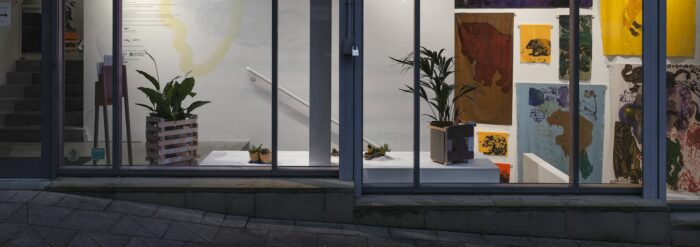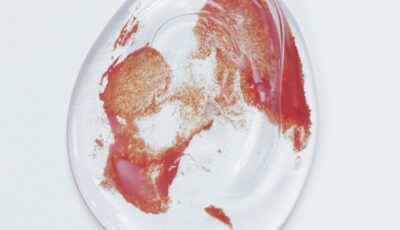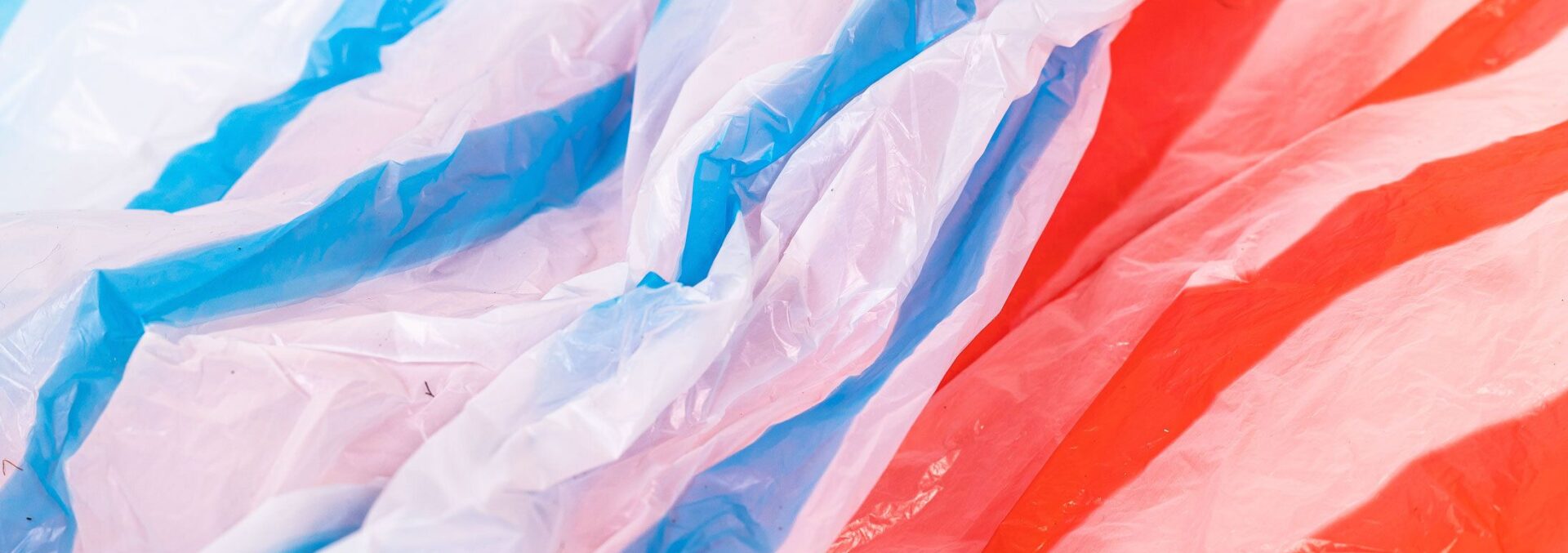
Artists and Sustainability Spotlight: Crónán Creagh
Posted on 10 June 2025
This month we’ve invited Crónán Creagh to contribute to our ongoing series Artists and Sustainability Spotlight, where we ask artists to share short responses about their work and how it might relate to climate change.
Crónán Creagh is an Irish photographer, director, and artist whose work captures the essence of creativity and individuality. Primarily working with film, offering a unique perspective rooted in themes of individuality, interpersonal dynamics, and the human condition. Exploring how we navigate, contribute to, and perceive the world around us.
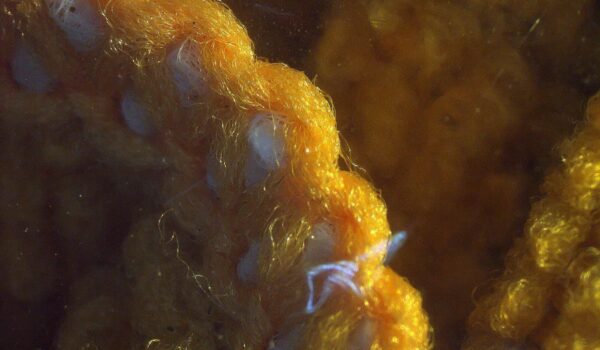

In what ways do you feel your work might relate to issues of climate change and sustainability, in the content of the work, its narrative, conceptually or theoretically. How might it speak to or challenge public discourse?
The series Micro vs Macro engages with issues of climate change and sustainability by investigating the pervasive presence of microplastics in our environment, highlighting specifically the impact of everyday objects. Plastic is one of the most ubiquitous materials on earth, yet nearly impossible to destroy. It degrades into trillions of microscopic shards, which infiltrate our oceans, ecosystems, and even our bodies. Additionally, plastics are typically made from fossil fuels, which contribute to greenhouse gas emissions during production. The more plastic we use, the greater the demand for fossil fuels, exacerbating climate change.
Merging scientific collaboration with visually pleasing compositions, I sought to visualize the invisible, showcasing the unseen impact of our consumption habits and bridging the gap between abstract environmental concerns and tangible, visual evidence. Samples were collected from a local bay, and using a combination of traditional and microscopic photography techniques, I captured images of the microplastics, revealing the hidden, fragmented nature of plastic pollution. The work exposes the persistent presence of plastic pollution, challenging our perception of plastic as a disposable material.
In public discourse, climate change conversations often focus on large-scale, visible catastrophes, yet microplastics present a more insidious threat—one that is embedded in our everyday lives. This project challenges audiences to reconsider their relationship with plastic, confronting them with the reality that every discarded item lingers indefinitely in some form.
With regards to the materials, processes and techniques you use to produce your work, are there any practical decisions you make with regard to climate change and sustainability?
I prioritised using minimal-impact materials, opting for recycled or repurposed and found materials whenever possible and specifically chose to work with existing materials found in the environment rather than introducing new ones, ensuring the process itself did not contribute to further pollution. Being mindful of material choices, minimising waste, and reducing unnecessary travel where possible.
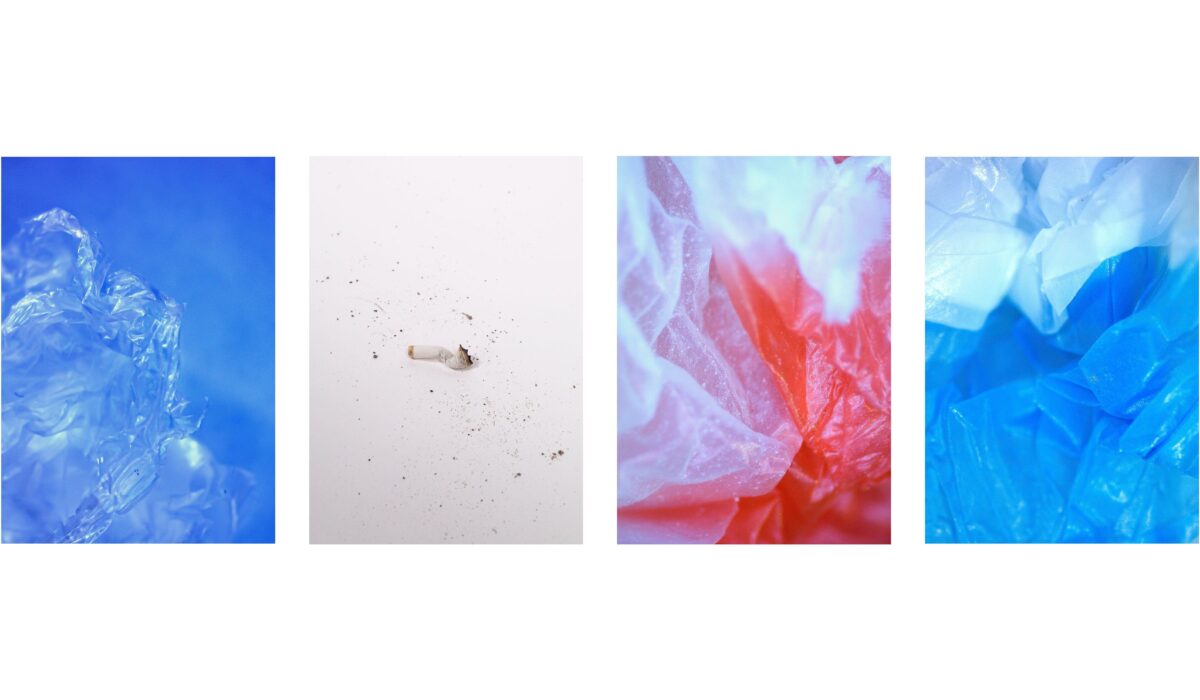
In general, how do you feel galleries, art spaces, artworks and artists might be able to contribute? What if any role do you feel they can play in a progressive conversation?
Galleries, art spaces, and artists hold a unique position in shaping public discourse and fostering progressive conversations around climate change and sustainability. Art has the ability to communicate complex issues in a visceral and immediate way, making the abstract tangible and the invisible visible. By curating exhibitions that challenge dominant narratives, highlight underrepresented perspectives, and provide platforms for research-based or activist-driven work, galleries can act as catalysts for awareness and engagement.
Beyond exhibitions, art spaces can take practical steps—committing to sustainable production methods, reducing waste, and rethinking how artworks are transported, installed, and archived. For artists, sourcing eco-conscious, natural, or found materials is an essential step towards creating work that aligns with sustainable practices and reduces environmental impact. Artists also play a crucial role in pushing boundaries, questioning norms, and engaging audiences in ways that traditional media often fails to do. Their work can provoke, inspire, and ultimately contribute to a shift in perception—an essential step in addressing urgent global challenges like climate change.
Are there any tips or advice, anything you have learnt you might want to share with other artists or our audiences?
Implementing and being proactive in achieving a sustainable life can be challenging, especially with the fast-paced and convenience-driven nature of today. I try to treat sustainability like learning a new skill—making small changes, being creative, and incorporating new information each day. Taking on too much too quickly can lead to reverting to old habits, whereas smaller, consistent changes over time can contribute to a more impactful, sustainable way of living.
Links
Website
cronancreagh.comImages
Banner:
- Crónán Creagh, Polyethylene Bags, 2020.
From left to right, top to bottom:
- Crónán Creagh, Microfibers in Synthesized Polymers, 2020.
- Crónán Creagh, Polyethylene over Cellophane, 2020.
- Crónán Creagh, Cellophane (Far Left), 5.6 (Middle Left), Polyethylene Red (Middle Right), Polyethylene Blue (Far Right) 2020.

